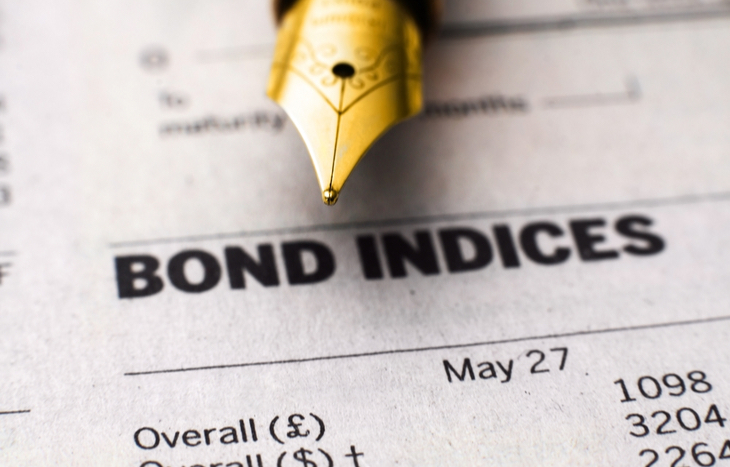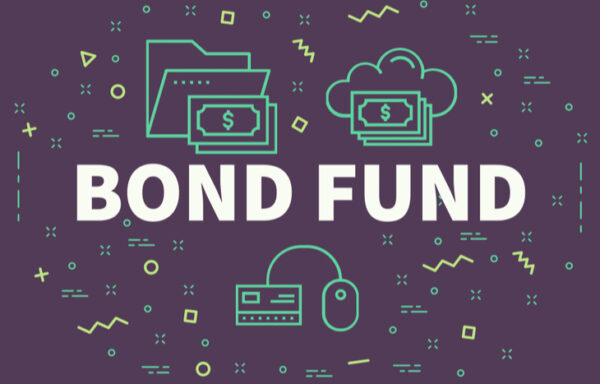How do Bond Ratings Work to Determine Credit Worthiness of a Bond?
When investors seek out bonds, they’re typically in the market for a stable fixed-income investment. They’re primarily looking at the coupon rate of the bond, which determines its yield. The higher the coupon, the more it’ll pay out over the term of the bond. However, there’s one caveat: coupon payments are only valuable if the entity issuing the bond can pay them. It’s why every bond also comes with a rating.
Bond ratings work to determine the credit worthiness of a bond. They’re a signal to prospective investors about the reliability of the issuer to maintain coupon payments for the duration of the bond. As a result, ratings influence the price of the bond, its yield and even the term of new bonds. Above all, they’re a measure of risk.
Here’s a closer look at how bond ratings work to determine the credit worthiness of the bond, and what to look out for when examining debt securities from different issuers with different coupon rates.

What are Bond Ratings?
Bond ratings are simply a score given to bonds that indicate their quality. The better the score, the less implied risk there is for investors. The lower the score, the more inherent risk there is due to the poor creditworthiness of the bond. Let’s look at a couple of examples:
- U.S. Treasuries have the highest grades of any bond because they’re backed by the full faith and credit of the United States Federal Government. Essentially, there’s zero risk of default associated with these bonds because the government will never miss a payment.
- Mid-to-large-cap companies with healthy balance sheets might have middling credit ratings, which forces them to issue bonds with higher coupon rates. The higher coupon rate entices investors willing to burden the risk of a less-than-stellar rating.
- Companies with poor credit ratings may find themselves issuing bonds with high interest rates—and a rating that portends potential default. These so-called “non-investment-grade” bonds seem enticing on the surface, but they carry significant risk.
While many investors are content to look for higher-than-average coupon rates, they also need to be wary of ratings. As a rule of thumb: the higher the credit worthiness, the higher the rating and the lower the interest rate. The lower the credit worthiness, the lower the rating and the higher the interest rate.
Where do Bond Ratings Come From?
Bonds are a direct representation of the creditworthiness of the issuer. To determine that creditworthiness, bond issuers work with one or more of the three chief independent ratings agencies: Standard & Poor’s, Moody’s Investor Services and/or Fitch Ratings Inc.
Each of these agencies performs a thorough, proprietary evaluation of the issuing entity, to determine its creditworthiness. This includes the company’s ability to remain liquid for the life of the bond, and to ensure coupon payments on-time and in-full.
After the evaluation, the rating agency will provide a grade to signify creditworthiness. And anything below standards falls into “non-investment-grade” territory—also called “high-yield bonds” due to their enticing interest rates. Each rating agency has 10 grades in this category. These agencies also rate speculative bonds—Standard & Poor’s and Fitch offer two speculative bond grades; Moody’s offers one speculative bond grade.
Ratings Can Change Over the Term
Just because a bond comes with a certain rating doesn’t mean that rating can’t change over time. If, for some reason, the creditworthiness of a company falters during the bond’s term, the rating may similarly fall.
For instance, a 5-year corporate bond may come with an A+ rating. Then, two years into the bond’s term, the issuing company enters a period of financial duress. It cuts its dividend and prepares to file bankruptcy for restructuring. The rating may fall from its investment-grade rating (A+) to a non-investment-grade rating (B+). This reduction in rating signals an uptick in risk, reflecting the issuer’s lower creditworthiness. As a result, the bond may trade at a discount.
Bonds can also become “junk bonds.” A “D” rating signals that it’s already in default. This means the issuer has already missed coupon payments. Many investors view these bonds as relatively worthless, since there’s virtually no creditworthiness attached to them. Junk bonds can rebound and regain their rating, but it’s unlikely.
Look Past Interest Rates, at Bond Ratings
While it’s easy to look at coupon rates as a measure of a bond’s value, bond ratings provide context for that value. A highly-rated bond with a lower coupon rate is invariably more valuable than one with a high coupon rate that’s unlikely to be paid due to poor creditworthiness. It’s up to investors to strike a balance between the risk they’re willing to take and the appeal of different bonds.
For most fixed-income investors, the certainty of coupon payments is well-worth taking a lower interest rate. However, for those seeking to leverage a little risk, high-yield bonds offer opportunity. Just remember that ratings change as the creditworthiness of the issuer changes. Look at who’s offering the bond before you get excited about the interest rate—or even the rating.





